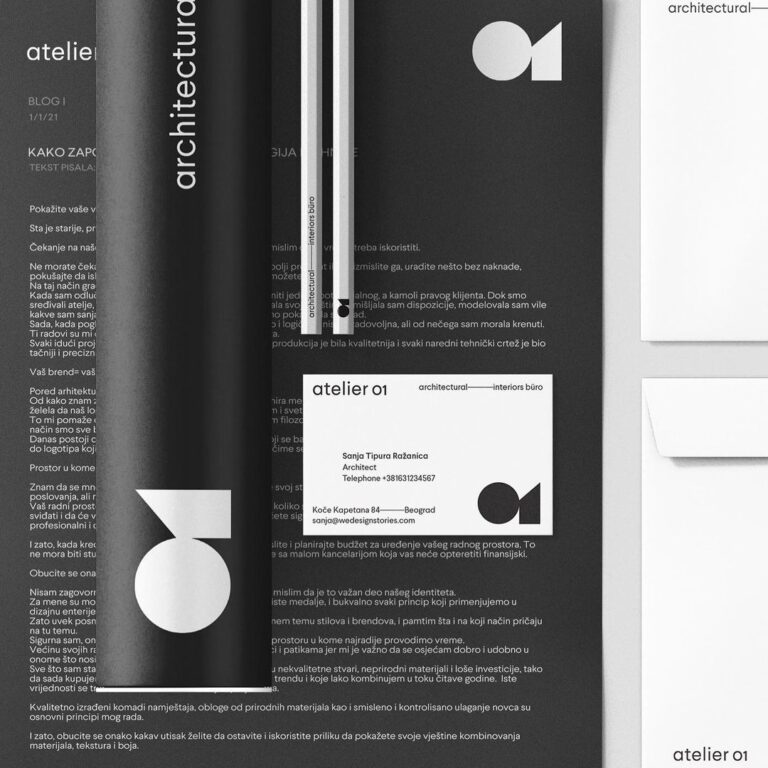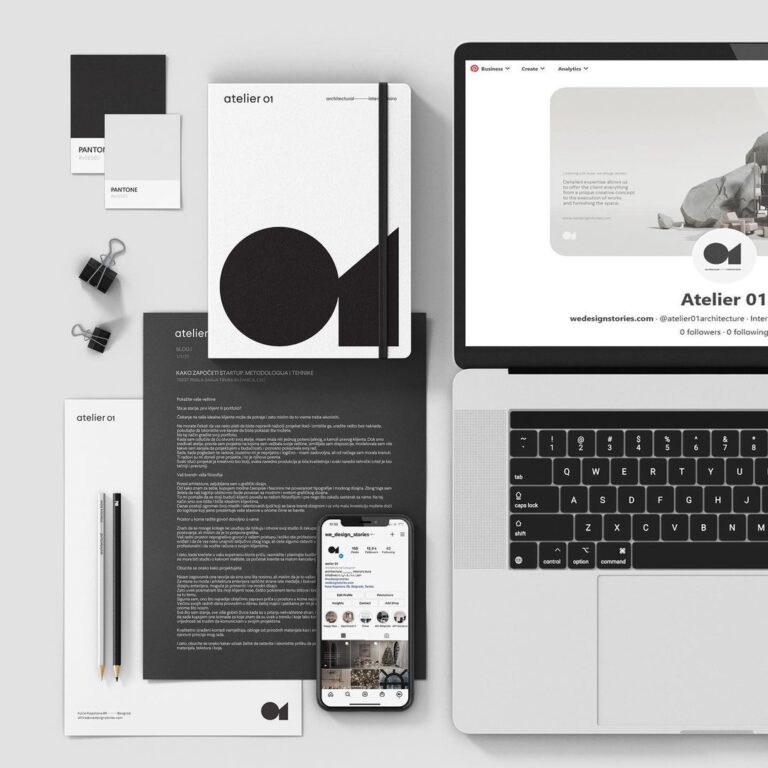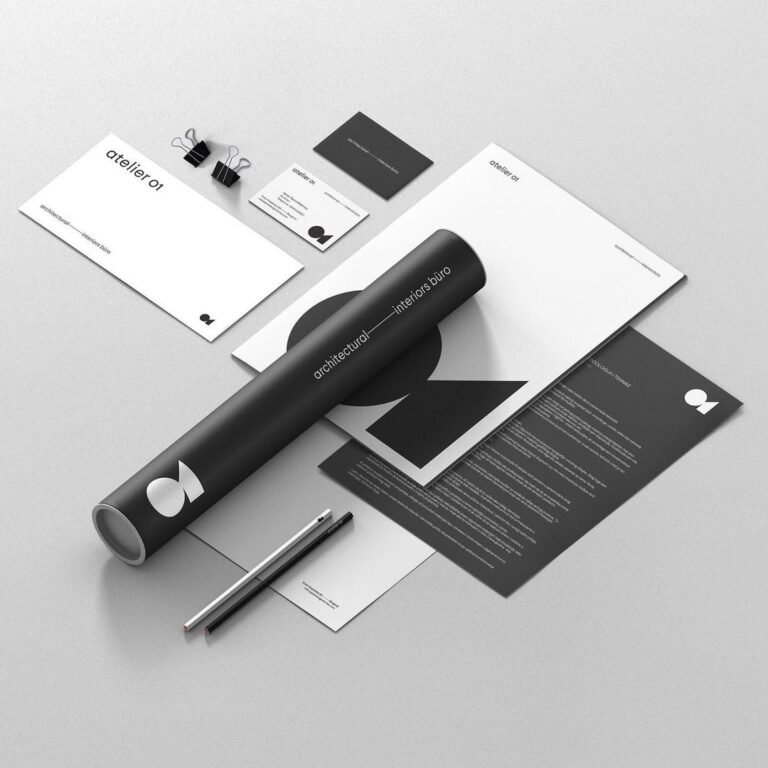
Darwin’s Theory of Evolution is often misconceived. Some interpret this theory as ‘only the strongest survive,’ while others accept the belief that only those species that can adapt to a changing environment will survive. While biological changes happen slowly, with a gradual mutation of each generation, changes in the business world happen much faster.
Sometimes the answer is a complete change of direction.

Rebranding does not mean a name change, redesign, or new logo, and is just like the theory of evolution, often misinterpreted. Rebranding does not imply a name change, redesign, or new logo. Marketing escalates a brand as “a name, term, design, symbol, or any other characteristic that identifies the service of one supplier compared to the products of other suppliers.” But a brand is much more than visual elements or the sum of its characteristics.
Although many studies have shown that people buy products “at first” based on visual associations or characteristics, they remain loyal solely because of consumers’ personal and emotional connections. This stickiness and emotional reaction are what sets top brands apart. For example, people do not appreciate Hermes bags or BMW cars because of their design features. These elements change every year. Nor do they understand them because of the logo. However, they appreciate what their name and logo represent – elegance, exclusivity, freedom, or performance.

The brand exists in the consumer’s mind.
A brand is what people believe a company does and how they feel about it. The ultimate goal is to create a perception of the company, its products, and services as valuable, significant, and, most importantly, different from the competition.
The combined efforts and activities of the entire organization create real experiences, impressions, and interactions that shape how consumers consider the brand and how they value it.
Without a meaningful, sensitive vision, engaging the right people outside the company, and implementing a long-term plan through the structural and cultural levels of the organization, lost effort on change could prove more pricey than preserving the status quo in a world where change is the only true constant.
